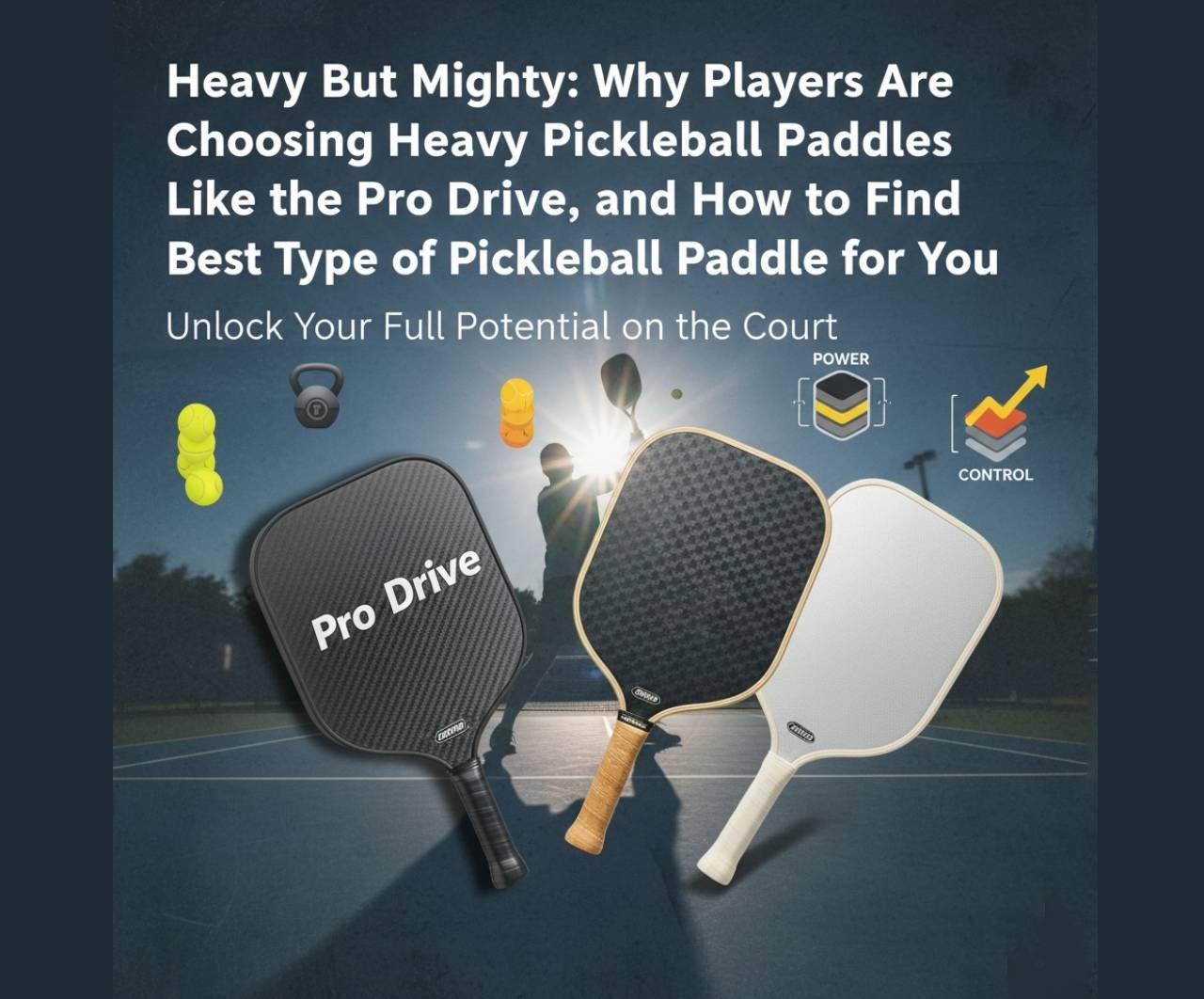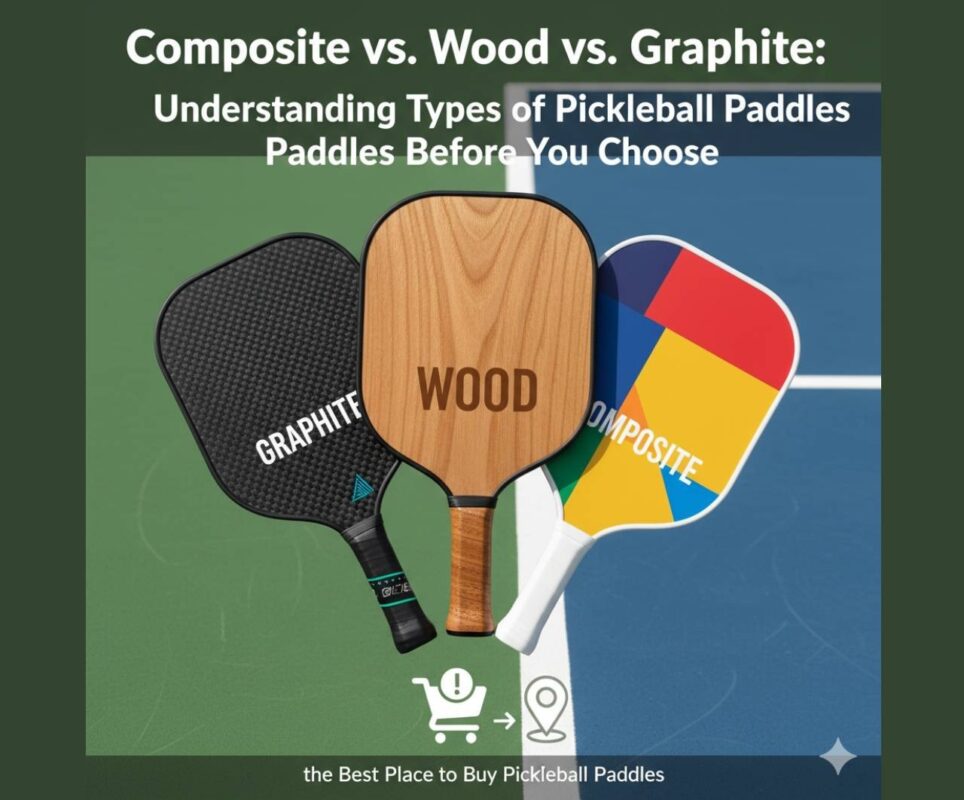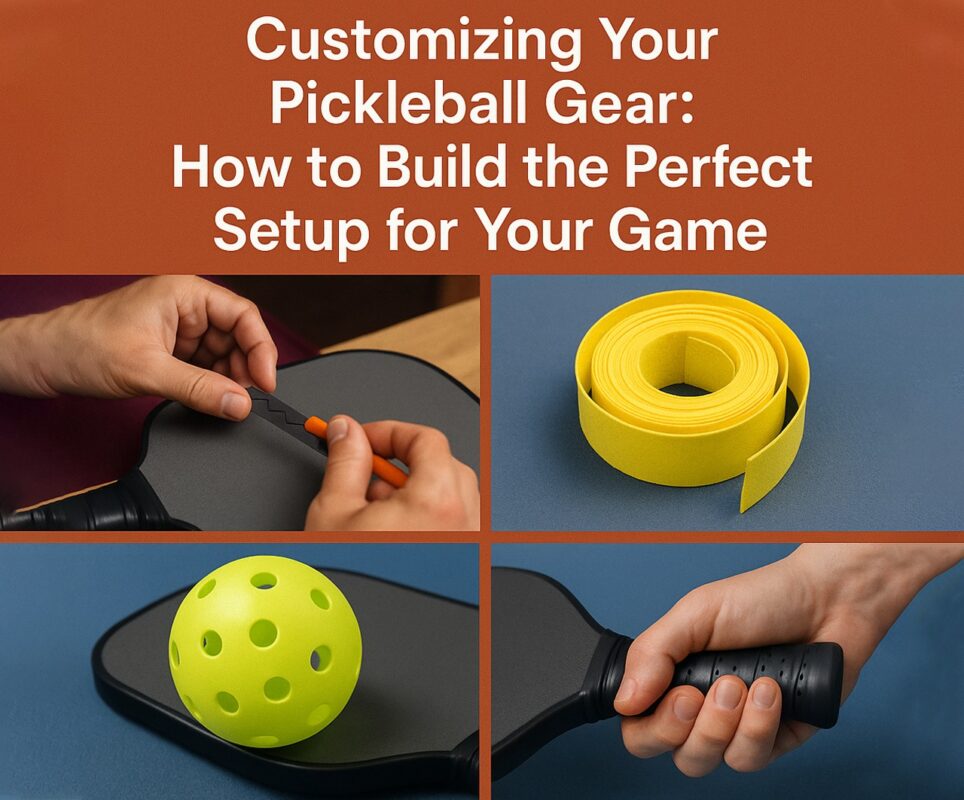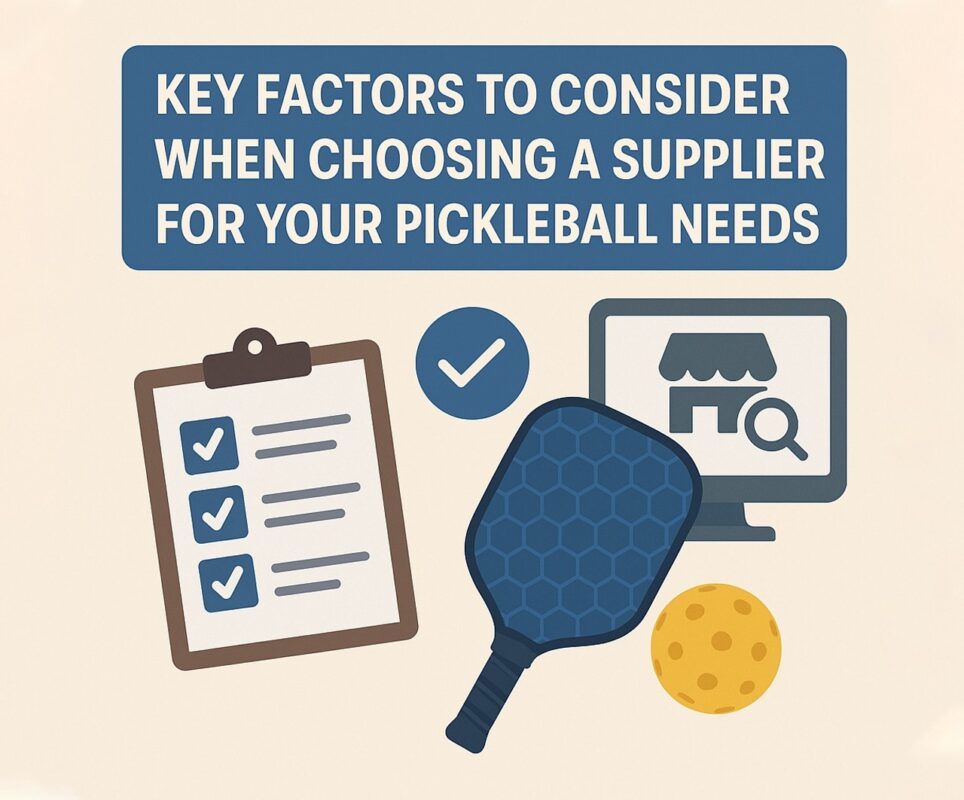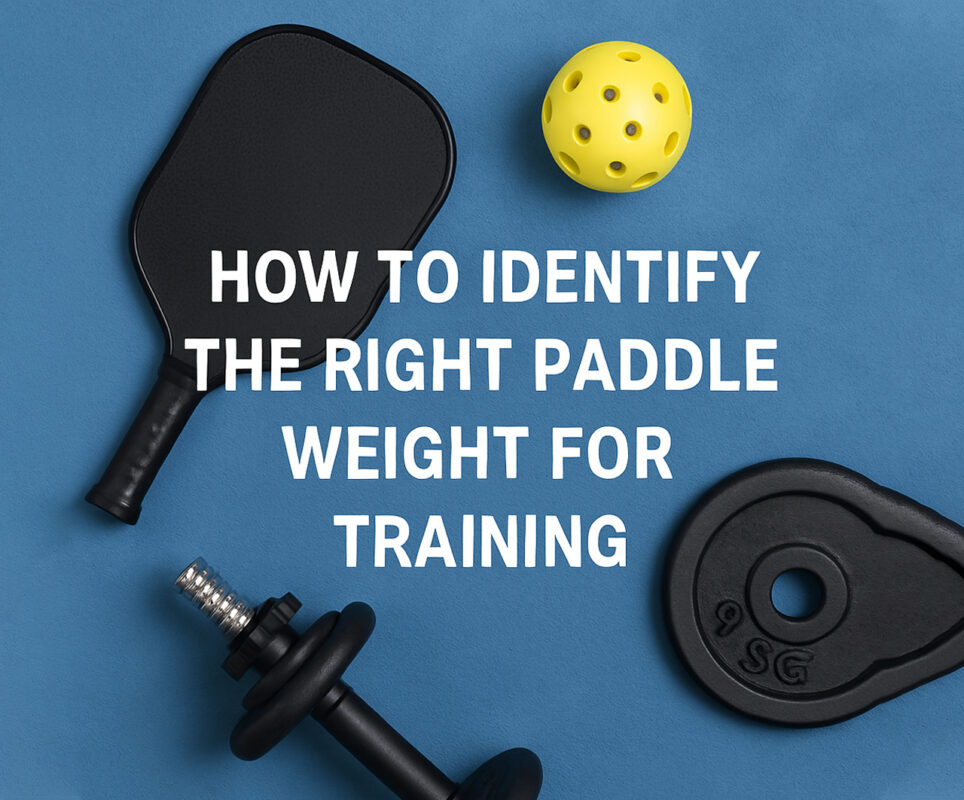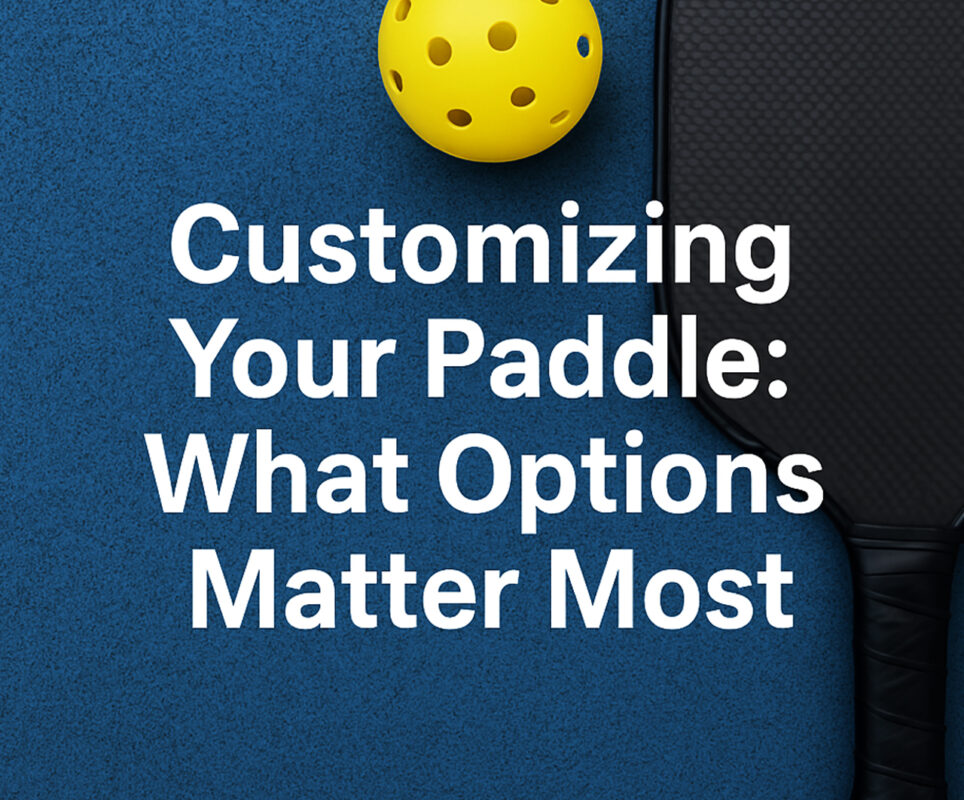If you’ve been hunting for the best type of pickleball paddle, chances are you’ve stumbled across terms like “power-loaded,” “mass-forward,” or simply “heavy.” And nestled within that growing niche is the increasingly popular Pro Drive pickleball paddle, a heavyweight contender that’s earned a loyal fan base among power players. So why are heavy pickleball paddles having such a moment? Let’s break down what makes them a powerhouse choice—and whether one might be right for you. Know more..
The Basics: What Qualifies as a “Heavy” Pickleball Paddle?
Typically, paddles over 8.4 oz are considered heavy. While most standard paddles range between 7.5–8.3 oz, heavy pickleball paddles push that upper boundary to generate more kinetic energy with every swing.
Key Benefits:
- More power with less swing effort
- Better stability on blocks and counters
- Improved follow-through in wind or outdoor play
- Reduced vibration on off-center hits
These paddles are often the best type of pickleball paddle for players who prioritize drive, depth, and court dominance over finesse.
Spotlight: The Pro Drive Pickleball Paddle
Among the best-performing heavyweights, the Pro Drive pickleball paddle stands out as a fan favorite. Built for advanced players, this paddle combines mass with premium materials to deliver serious bite and baseline power.
Specs Overview:
- Weight: ~8.5–8.7 oz
- Core: Thick polymer honeycomb
- Surface: Textured carbon fiber
- Shape: Elongated for added reach
- Balance: Head-heavy for max momentum
Players love the Pro Drive pickleball paddle for its drive power, stable volleys, and surprising spin potential. It’s often praised by aggressive singles players and former tennis players transitioning to pickleball.
The Science of Heavier Paddles
When mass increases, so does momentum. In physics terms:
Force = Mass × Acceleration.
That means more weight behind the ball leads to deeper shots, assuming you can control the paddle speed.
Advantages of Weight:
- Adds “free” power—especially useful for short, compact strokes
- Helps keep the paddle steady on hard-hit volleys
- Reduces overreliance on wrist flicks (which can cause strain)
Of course, heavy pickleball paddles aren’t for everyone—but they can be game-changers for the right type of player.
Who Should Use a Heavy Paddle?
| Player Style | Is Heavy a Good Fit? |
| Power-focused singles | ✅ Yes – Maximize drives |
| Two-handed backhand users | ✅ Yes – Helps with paddle control |
| Players with tennis background | ✅ Yes – Familiar feel |
| Dinking/defense specialists | ❌ Not ideal – Reduces quick touch |
| Senior or injury-prone | ❌ Risk of fatigue or strain |
The best type of pickleball paddle varies by player, but for those prioritizing pace and penetration, going heavy can be the right call.
Are There Downsides to Heavy Paddles?
Absolutely—but it depends on your body mechanics and play style.
Potential Drawbacks:
- Faster fatigue during long matches
- Slightly slower hand speed in quick volleys
- Tougher adjustment for beginners
- Can exacerbate elbow or shoulder issues if not used correctly
That’s why many players gradually adjust upward—starting around 8.2 oz before fully committing to heavy pickleball paddles like the Pro Drive pickleball paddle.
Comparing Paddle Weights: Light vs. Mid vs. Heavy
| Type | Weight Range | Ideal For |
| Lightweight | 7.0–7.4 oz | Speed at the net, quick resets |
| Midweight | 7.5–8.3 oz | All-around play, control + power |
| Heavyweight | 8.4+ oz | Power shots, drive-heavy strategy |
Choosing the best type of pickleball paddle means balancing these traits with your own strengths and limitations.
Why the Pro Drive Continues to Win Fans
What sets the Pro Drive pickleball paddle apart isn’t just weight—it’s how it uses that weight. The elongated shape and head-heavy balance allow for deeper baseline shots and killer overheads, while the textured carbon surface gives unexpected spin for a paddle in this category.
Player Reviews Highlight:
- “It’s like swinging a hammer—in the best way.”
- “I don’t have to overhit to get power anymore.”
- “I was worried about fatigue, but the balance feels natural.”
For those ready to make the jump, it’s one of the most trusted heavy pickleball paddles out there right now.
How to Test If a Heavy Paddle Is Right for You
Try this:
- Add lead tape to your current paddle (~0.2–0.5 oz)
- Play a few practice sessions
- Notice: Are your shots deeper? Any new soreness? Does hand speed suffer?
This test helps you decide if upgrading to a paddle like the Pro Drive pickleball paddle is a smart move—or if you should stick with midweight options.
Other Popular Heavy Paddle Contenders
If you’re shopping beyond the Pro Drive, consider these other elite heavies:
- CRBN 1X Power Series – Raw carbon, massive spin potential
- Gearbox CX14E – Solid core feel, great for two-handers
- Selkirk Vanguard Power Air – Aerodynamic with explosive pop
Each offers different shapes, surfaces, and balances—but all live in the heavy pickleball paddles category.
Best Practices for Heavy Paddle Users
- Warm up wrists and shoulders before matches
- Keep grip pressure relaxed—tight grip = fatigue
- Use proper footwork to offset slower paddle reaction
- Switch to lighter paddles during drills to build agility
Using the best type of pickleball paddle isn’t just about hardware—it’s how you use it.
Final Word: Should You Go Heavy?
If you’re a strategic baseliner, power player, or someone who simply wants to maximize each shot’s impact with less effort, heavy pickleball paddles like the Pro Drive pickleball paddle are more than worth trying.
But the key to choosing the best type of pickleball paddle for you lies in knowing your body, your style, and your game plan. Some players thrive with control and touch, others need the weight to swing big.
And in a sport as nuanced as pickleball, there’s no “best” for everyone—just what helps you win more points.
Ready to upgrade? Try a few paddles in the 8.4–8.7 oz range, and don’t be afraid to demo the Pro Drive pickleball paddle to feel the difference real power can make.

